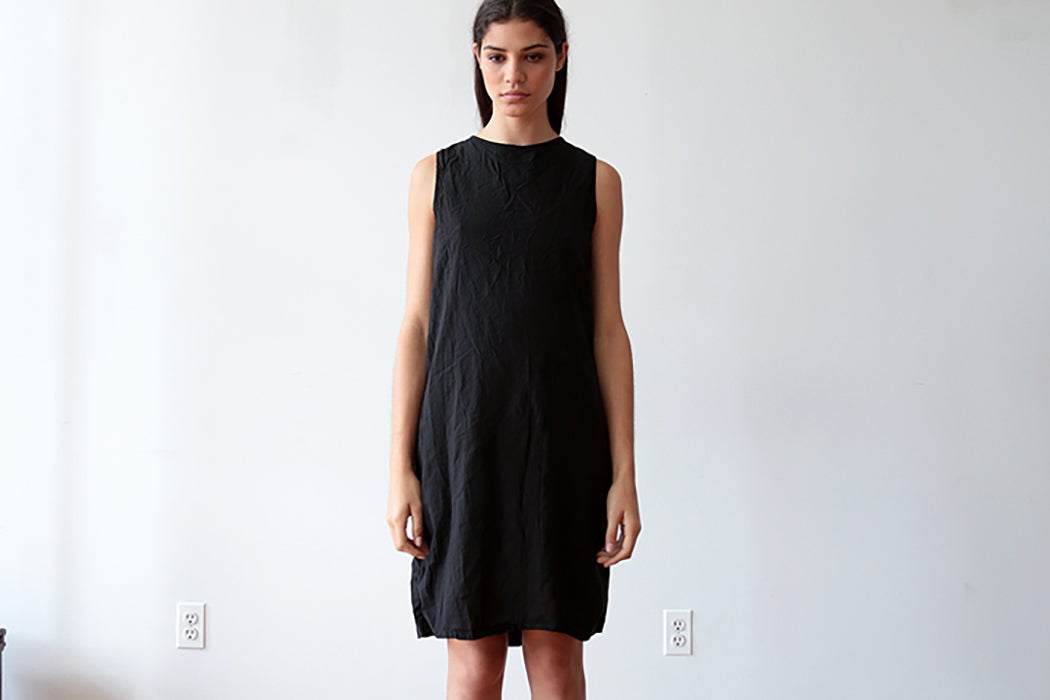Fashion is a 2.4 trillion dollar industry, and its impact is felt across the world; the biggest names in fashion are as recognizable in Canada as in India.
One of the most influential industries in the world would weigh in on the world’s problems, then. Right? Recently, fashion lines have been harshly scolded for what some see as capitalizing on society’s most divisive issues and humanitarian tragedies to spike sales.
To many, a for-profit industry that thrives on glitz, glamour, exclusivity, and financial inaccessibility is too far removed from the social sphere to claim to have an opinion on it. As scholar Joshua Miller notes, “Many people take fashion to be private and trivial, while politics is public and important.”
The idea that someone who is devoted to fashion is frivolous, wealthy, and disconnected from reality is embedded in our culture. Which is why items like the refugee dress were so swiftly denounced as purely tasteless. Companies have gotten in hot water by putting out products that are perceived to be grossly insensitive. Urban Outfitters, for example, sold a sweatshirt splattered in fake blood, said to be “inspired” by a campus shooting.
Miller theorizes that there is some value even in these seemingly offensive attempts at fostering discussion, writing,
…if one is making an ideological statement through one’s dress, an audience must receive that statement…To negotiate these different messages and reactions, and to create meaningful dialogue and common action, democratic dress often may be lively, loud, sexy, provocative, and even offensive.
Additionally, as the New York Times notes, clothing as a tool in social change isn’t anything new. Fashion is implicit in many social movements. The Black Panthers wore uniforms to identify themselves and foster group cohesion. The Civil Rights movement encouraged protestors to dress in Sunday clothing to set up a stark contrasts. Most recently, pink hats were a standout feature of the Women’s March in Washington.
Certainly fashion has a great capacity to create divisions in society, be it through symbolism, style, impracticality, or price. At the same time, it would be hasty to disregard fashion’s potential to mend some of the fractures between disparate groups.
2015’s designer of the year, Lucy Jones, won for creating a line that catered specifically to wheelchair users, and the specific challenges they faced. Angelina Luna designed clothing that served multiple purposes for the homeless and refugees; coats that became tents, jackets that became sleeping bags, anoraks that converted to either baby carriers or floats.
As Miller writes, “the democratic ideal contains personal freedom, equality, mutual respect, and common action…These various aspects of democracy can be expressed in clothing and appearance, even though they are sometimes in tension with one another.







